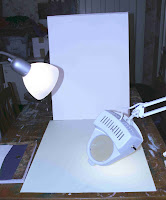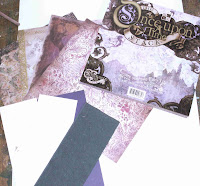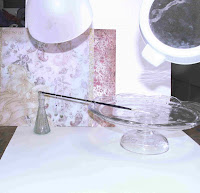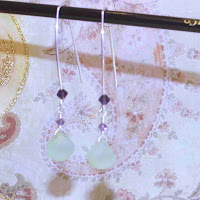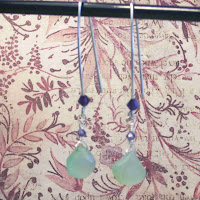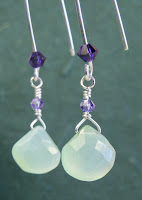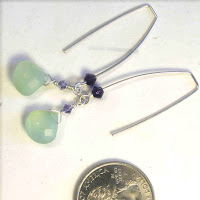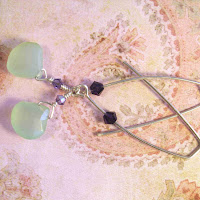Our Water is Clean!
9:21 AM Posted In agricultural environmental contamination , water filtration Edit This 0 Comments »
We got our test results Wednesday afternoon and our water is clean! Looks like the ceramic filter is going to do the trick. We will test it again in another few weeks just to be sure that it wasn't just the process of shocking the system that cleaned things up. Maybe I can get some dyeing done today.















